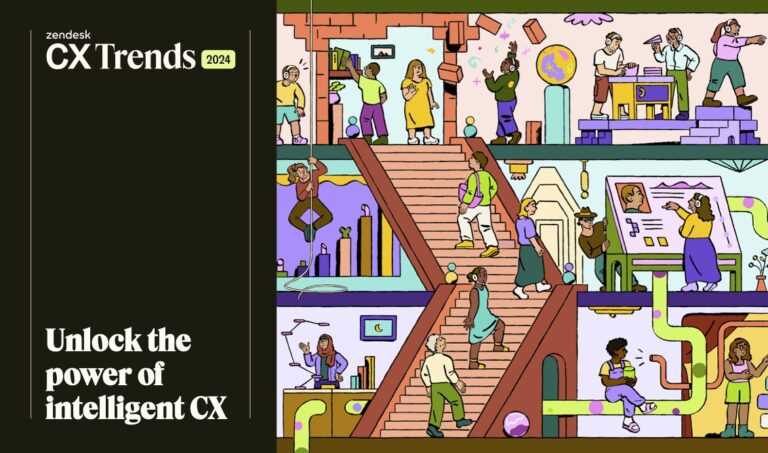Digital disruption, the global COVID pandemic, increased competition, eroding customer loyalty and high employee turnover are all leading businesses to invest more and more into customer experience (CX).
Everyone is scrambling for new ways to build customer loyalty, trust and evangelism. But there’s a problem…
Relationships are complicated, and too many companies are forgetting this when it comes to CX. In fact, any customer service interaction is four times more likely to drive disloyalty than loyalty – especially as we turn more to online transactions, and overall volumes of enquiries for business is at a record high. Often what organisations think the customer will like, isn’t what they need. What customers expect from any interaction with a brand is responsiveness, transparency and empowerment.
Follow the leaders
Innovative companies have one thing in common – they think about the entire customer relationship, merging the physical and online experience using multiple communications channels to deliver a seamless customer journey. In short, they deliver an effective omnichannel experience, giving the company a comprehensive view of the customer.
According to Forrester analyst Kate Leggett, “Customers want to use a breadth of communication channels and touchpoints to interact with a customer service organisation… [they] want to move between channels without having to repeat their situation every time.”
Start with a single view
‘But I’m already doing omnichannel!’ I hear you say. Most companies today provide some form of omnichannel experience, but they stumble in the execution. Companies with strong omnichannel customer engagement retain, on average, 90 percent of their customers, compared to 33% for companies with weak omnichannel customer engagement.
If you’re going to do omnichannel, you’ve got to do it properly. This starts with giving customer service staff a single and holistic 360 degree customer view so they can act through the right channels at the right time, in the right way. There’s no point using chat and a feedback function if they don’t talk to each other.
If the technology you’re using doesn’t allow this, change it now to ensure you don’t fall further behind.
Work with the facts
Once you’ve got a single view, take time to analyse what’s going on. Gather as much data as possible about the customer experience with your company. How are they reaching out to you? Can they find what they need? How long are they waiting? Is your checkout abandonment rate high?
Use the data to know your customers’ needs and how to better serve them by pinpointing your weaknesses.
Empower your frontline
Knowing your staff is just as important as knowing your customers because they are on the frontline of customer feedback every day. It’s important to measure your team’s performance – are their interactions resulting in sales? Are they providing the information the customer needs? Are there certain enquiries that consistently receive bad customer ratings?
And don’t just judge the data – talk to them and empower them. Perhaps the system they’re working with provides a bad agent experience, or they can’t access the information they need to answer customer queries quickly.
Speak to your team to identify opportunities to improve your support experiences and give them what they need to succeed.
Make CX everyone’s job
Once you’ve identified the areas of your omnichannel strategy that are holding you back, develop a plan that involves the whole organisation. For example, your customer service team should be regularly feeding actionable customer insights to product, sales, and marketing to guide their decisions. Make it everyone’s responsibility to participate in change.
Make the right tech investments
It’s your job to know and service your customers, but the technology you use will ultimately determine how well you do this. Of course, this starts with true omnichannel analytics across multiple communication channels and customer/business touch points. But what is really setting great omnichannel CX apart from poor CX in today’s market is innovations like the use of machine learning and automation that make it faster to predict, personalise and improve the quality and efficiency of every interaction, including self-service.
For example, Zendesk’s AnswerBot solution provides machine learning and predictive analytics feature allowing to suggest relevant and in-context answers to customers. It leverages machine learning to predict how likely an article can assist, helping organisations take action to ensure positive outcomes.
Every business is grappling with CX in the face of the ‘expectation economy’. If you want to do it well, a holistic, data-driven omnichannel strategy that involves the whole company is the only way to go.





